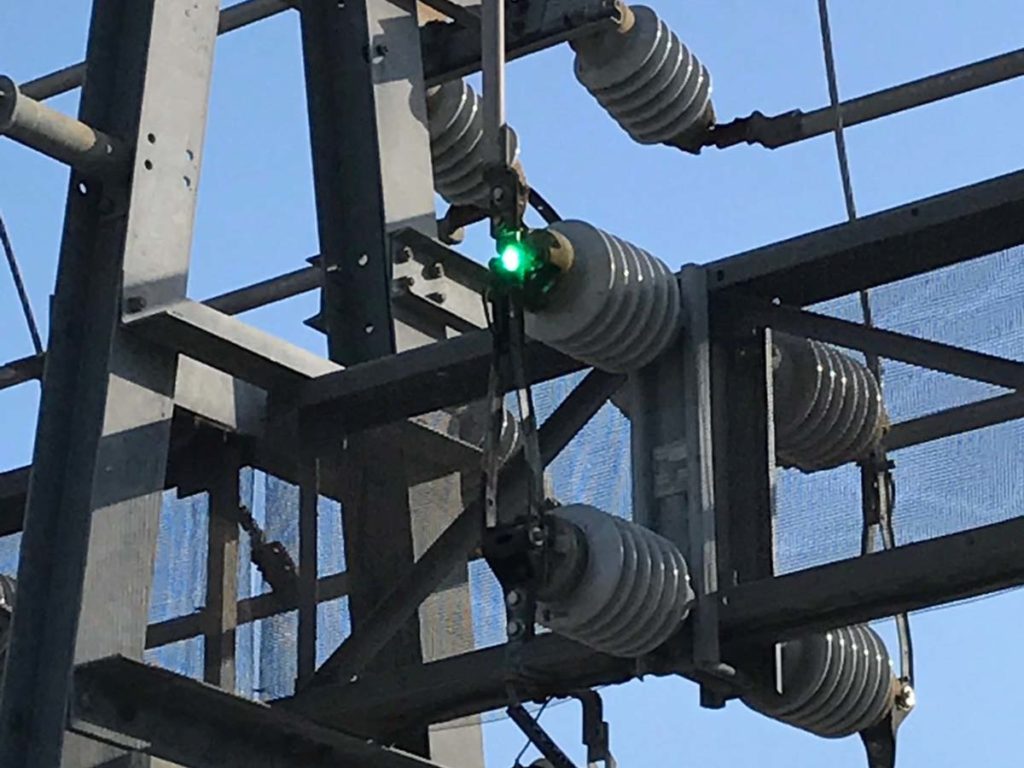
An electric cooperative in Texas is going all-in on a promising new grid sensor after extensive collaboration with the state’s pre-eminent research university showed the devices improve reliability and can even help head off wildfires.
In 2017, engineers at Texas A&M University approached Navasota-based MidSouth Electric Cooperative about testing their experimental distribution fault anticipation sensors, which the university spent more than a decade developing.
DFAs are installed at a substation and continuously monitor a circuit for faults or potential arcing events. Signals from the sensors can notify operations crews before a fault occurs. That provides operators with the options of shutting down or rerouting power before an arc can damage a circuit or send sparks and molten metal to forest floors where they can ignite dry vegetation.
“By detecting problems as they develop, we can anticipate failures and avoid some outages, failures on local conductors and unsafe conditions like phase slapping that occur on galloping lines during windy conditions,” said Carl Benner, a research engineer on the Texas A&M team that developed the technology. “Some of those conditions are known to increase fire ignition risks.”
MidSouth agreed to try the devices out at substations in and around the Sam Houston National Forest. After these tests showed positive results, the co-op committed to install them at 10 additional substations per year. By the end of this year, all 60 of MidSouth’s substations will host the technology.
“We have been able to detect a failing switch in a substation and make repairs with no members out of service before catastrophic failure, which could take a complete substation offline,” said Robert Taylor, an engineering specialist with MidSouth. “Our reliability is improved by being able to head off some of the controllable problems that start small and escalate with time that we wouldn’t otherwise know about until failure occurred.”
When potential problems are detected by a DFA unit, operations crews analyze the cause and, depending on the data, will send personnel to examine the problem feeder. Taylor says they’ve been able to troubleshoot multiple issues before a fault or dangerous arcing.
“We detected, found and reported a loose clamp in the forest that was arcing before any outages, a fire or complaints from members occurred,” he said.
Co-op officials say DFA technology improves their ability to monitor the overall health of their distribution network because it detects problems that other systems are not designed to report. They are now using it in conjunction with their automated metering infrastructure and supervisory control and data acquisition components to get better quality information about events occurring across their system.
“The primary benefit of implementing DFA technology is wildfire and outage mitigation which is significant for the co-op, our members and the whole community,” said Kerry Kelton, MidSouth’s CEO and general manager. “Building relationships with universities like Texas A&M helps propel our use of new and emerging technologies while also reaching the next generation of potential co-op employees.”
Derrill Holly is a staff writer for NRECA.